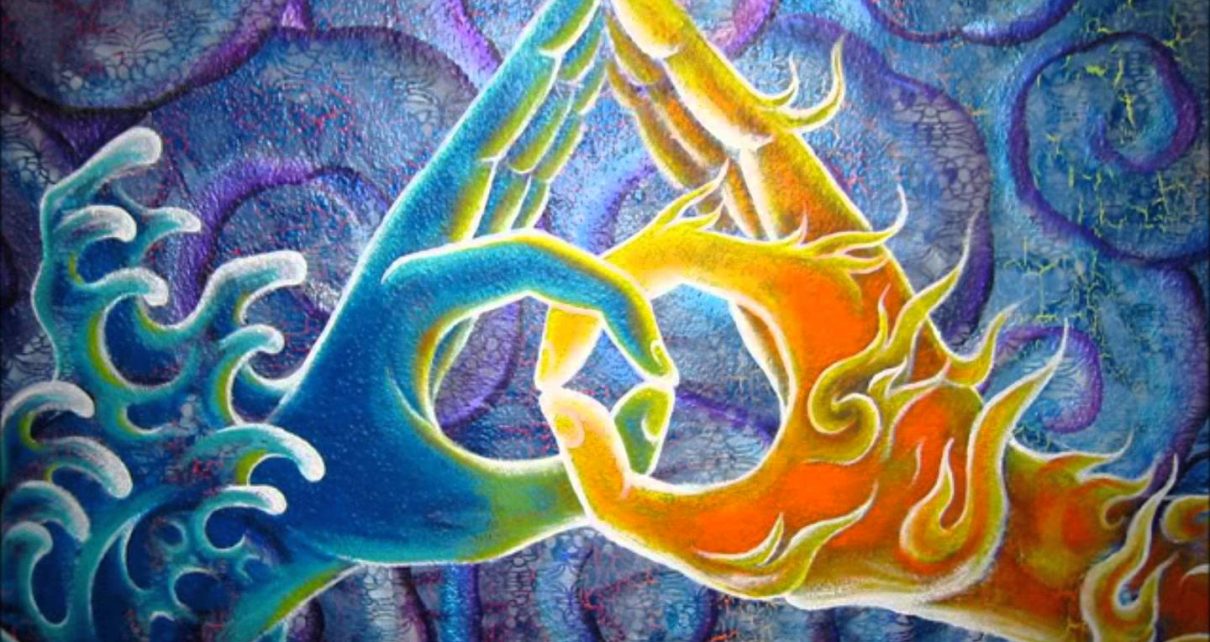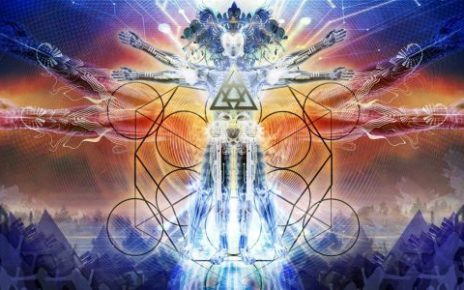Originally Published on March 1, 2016
Eastern Mysticism can be considered as three major schools of thought, more or less: Taoism, Buddhism and Hinduism. Their precursor, generally speaking, was the ancient Indian mysticism “Jainism,” which is the origin of the Swastika as a symbol of the union with the Cycle of Life, and is one of the oldest recorded religions on the planet. Jainism quickly evolved, and developed under the variety of Eastern metaphysics that is with society today. Like most ideologies, Taoism, Buddhism, and Hinduism tend to break off into a variety of interpretations; and in the case of Buddhism, for instance, it was developed as a protest to the “religious flare” that Hinduism brought with its variety of gods under different human incarnations, and ritualism.
To the original Buddhists, the rituals and symbols of the Veda (Hindus) was a convolution of the mental faculties, and that a deeper form of metaphysic asceticism was required in order to truly understand reality. As the Hindus sought to understand the microcosm of human psychology in relation to the macrocosm of the cosmos, Buddhists attempted to do the exact opposite by analyzing the macrocosm of the cosmos (and human society) in order to gain a deeper understanding of the self. Of course, this is a bit of a generalization as well, since both philosophies focused on both aspects; but to explain this a step further: while Hinduism used their theology and symbolism in allegory to the experience, the Buddhists tended to perceive the human experience as allegory for the divine.
Meanwhile, in China, ancient metaphysicists like Lao-Tze took these ideas of the microcosm and macrocosm to an entirely different, perhaps more applicable level. Using an asceticism likened to Buddhism, and a mystical, selfless awareness likened to Hinduism, Taoism can perhaps be considered the most pragmatic of the metaphysics, producing such works as the I-Ching, which serves as a geometric codex to understand and decipher the nature of the Tao (reality, so to speak), and can be seen in full right here.
All these discussed forms of mysticism were heavily contingent upon the idea of reincarnation as a spiritual-evolutionary progress through the illusions of the dualism between the physical and metaphysical, the “Veil of Maya” in Buddhism. It was taught that energy created cannot be destroyed, only recycled, and so did the cognizant soul perspective’s present moment continue to be recycled through life experiences, until the individual shed the confines of its karmic limitations, on its path towards “enlightenment.” To the Eastern mystics, karma was seen as sort of physical limitation to the mental faculties, impeding a person’s deeper understanding of themselves and the universe, in order to achieve a state of metaphysical transcendence. This state of transcendence is generally considered as an overall integration into the “Tao” or the “divine essence” in all things.
On a final note in this section, it is a common misconception that Eastern mystics did not have traditions of “Heaven” and “Hell,” or “angels” and “demons,” and there is basically no form of mysticism that does not involve supernatural entities and varying metaphysical states of consciousness. To the East, this is exactly what Heaven and Hell were: states of consciousness that occurred during and after physical incarnation. A person had the choice between Heaven and Hell at all times in the present moment, and whether they realized it or not, they were always making the decision between the two. Eastern Mysticism made the effort to train the thought processes toward divine potential and away from human illusion. In this respect, states of karmic thought-process were considered a determinant factor between Heaven and Hell, a notion that Dr. Stanislav Grof has put 50 years of psychiatric research into through his ideas of “Condensed Experience System” (CoEx Systems).
All in all, Eastern Metaphysics can be considered the mindset that requires cultivation during times of spiritual famine. A man bereft of his amenities would be forced to find the value in asceticism if he wanted to prosper; a man bereft of love and affection would be forced to find these things within himself, alone, before he could discover anything more; and a man with the turbulent wind of restless thoughts would only find peace and solace in his discipline of emptying his mind, so that he may place new and better ideas within it.
Originally posted July 6, 2017
[accordion title=”Beginners Guide to Metaphysics – Continued” close=”0″]Part 1: Introduction
Part 2: Eastern Mysticism: Buddhism, Taoism and Hinduism
Part 3: Witchcraft: Paganism, Voodoo and Native American Mysticism
Part 4: Abrahamic Mysticism: Catholicism, Kabbalah and Islam
Part 5: Gnosticism
Part 6: The Mystery Initiations of Greece and Egypt
Part 7: Secret Societies: Freemasonry, Illuminati and Bohemian Grove
Part 8: Science and Mysticism Unified[/accordion]
Sources: http://www.holybooks.com/wp-content/uploads/The-Tibetan-Book-of-the-Dead.pdf, http://www.dlshq.org/download/bgita.pdf, http://www.thebuddhistsociety.org/page/fundamental-teachings, http://www.sacred-texts.com/tao/, http://www.ancient.eu/The_Vedas/




